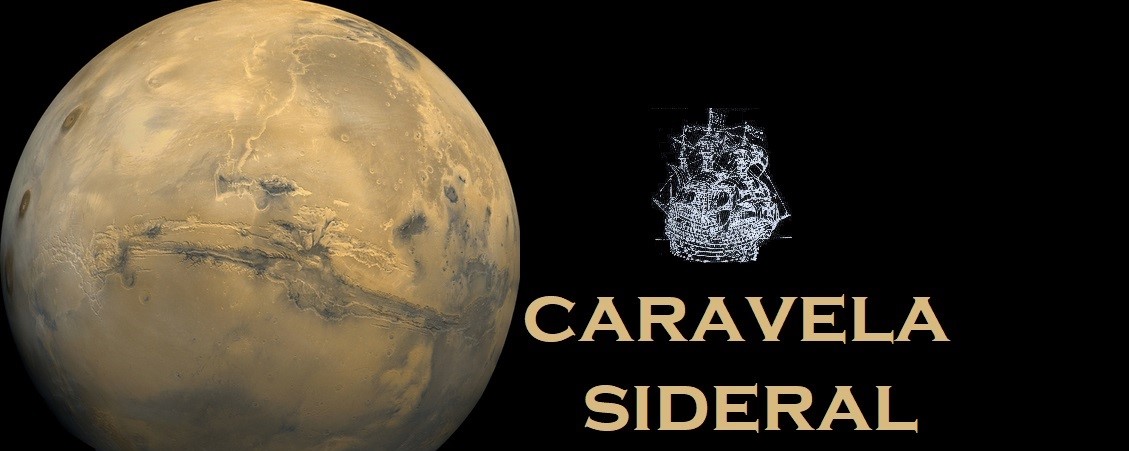It's called i-Space, Beijing Interstellar Glory Space Technology Ltd, or if you prefer, StarCraft Glory.
The Hyperbola-1S vehicle, was launched from Hainan in April 2018, and according to the company's website, reached an altitude of about 100 kilometers. It was a one-stage rocket.
The second launch happened in September 2018, used a Hyperbola-1Z and according to Wikipedia will have reached, more or less, the same altitude as the Hyperbola-1S.
Chama-se i-Space, Beijing Interstellar Glory Space Technology Ltd, ou se preferir StarCraft Glory.
O primeiro lançamento do veículo Hyperbola-1S, feito a partir de Hainan, ocorreu em Abril de 2018, tendo, segundo o site da empresa, atingido uma altitude de cerca de 100 quilómetros. Era um foguetão só com um andar.
O segundo lançamento aconteceu em Setembro de 2018, utilizou um Hyperbola-1Z e de acordo com a Wikipedia terá atingido mais ou menos a mesma altitude do anterior.
 |
| Hipérbole-1S |
 |
| Another perspective of Hyperbola-1S / Outra perspectiva do Hyperbola-1S. |
 |
Temporary cone, which, in the future, will be replaced by a protective fairing for the satellites.
Cone provisório, que futuramente será substituído por uma carenagem de protecção para os satélites. |
 |
| Engine exhaust / Escape do motor. |
Still in July, the StarCraft Glory is expected to launch a larger and more evolved version of the
Hyperbola-1, a four-stage rocket, the first three being powered by solid fuel engines, and the latter by liquid fuel. This rocket has 1.4 meters in diameter and a length of 20 meters and capacity to put into low orbit a satellite of 300 kilograms.
Ainda durante este mês, a StarCraft Glory deverá lançar uma versão maior e mais evoluída do
Hyperbola-1, um foguetão com quatro andares, sendo os três primeiros propulsionados por motores de combustível sólido, e o último por combustível liquido. Este foguetão tem 1.4 metros de diâmetro e um comprimento de 20 metros e capacidade para colocar em órbita baixa um satélite com 300 quilogramas.
 |
| Rendering of the Hyperbola-1, the definitive version / Renderização do Hyperbola-1, a versão definitiva. |
The company has two other projects / a empresa tem outros dois projectos:
the
Hyperbola-2, a vehicle with a diameter of 2.5 meters and 38 meters long, capable of placing almost two tons of cargo in a low orbit and with a first stage that must return and land vertically.
o
Hyperbola-2, um veículo com 2,5 metros de diâmetro e 38 metros de comprimento, capaz de colocar quase duas toneladas de carga numa órbita baixa e com um primeiro andar que deverá regressar e aterrar na vertical.
 |
Preview of the Hyperbola-2
Antevisão do Hyperbola-2. |
a
suborbital plane, designed for space tourism.
um
avião suborbital, concebido para o turismo espacial.
 |
Future space plane / Futuro avião espacial.
Images Beijing Interstellar Glory Space Technology Ltd |

































